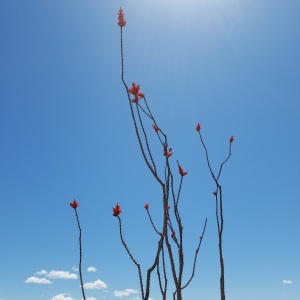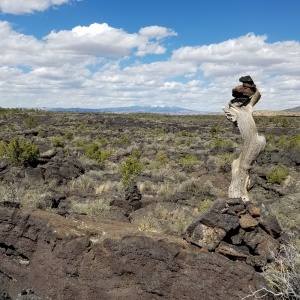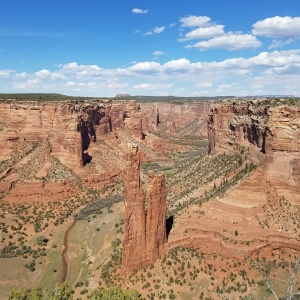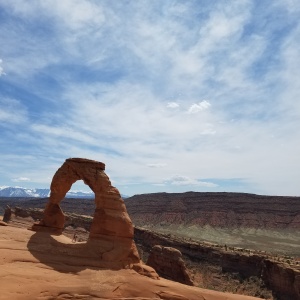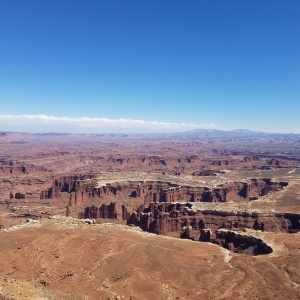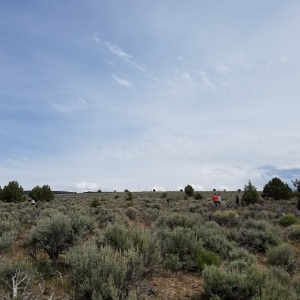Rains are falling lighter and lighter with each passing week on the North Coast — a slow intangible division is creeping into our consciousness — spring is turning to summer. As we silently whirl — riding the rotation of our planet at ~1,040 miles per hour — we work, play, laugh, mourn, connect and carry on.


When I seek to delve deeper into a concept — I generally start with etymology. The vast pools of words connected beneath other words leads us deeply into the halls of what we hope to explore. Additionally, in a language and society of millions upon millions of words — we begin to create our own definitions and connotations for those words — it can be helpful to start again with the definition. Not to mention that in the act of defining something we usually realize how little we knew in the first place.
Let’s work with “stewardship.”
Stewardship comes from steward which is composed of stig meaning house or hall and weard, now ward, meaning guardian or keeper. The reference to house leads my mind to a deep connection with the word ecology, which of course contains the root eco- coming from the Greek work oikos, meaning house or home (and –ology, the study of).
Is this connection mere coincidence? Not in the lacy world of an inspired spring-nourished naturalist hemming the bounds and connecting the fragments of stewardship, ecology, natural history and mythology.
Stewardship is, simply, the obligations of a steward (obligation coming from obligare (latin) and oblige (english/middle english) — a formal promise). Stewarding also is an act of care, of responsible planning, of management, protection, responsibility.
I have had an abundance of time during my CLM intern adventures of the past month to consider — and more importantly, carry out stewardship. In essence, my entire CLM internship is based in my work as a steward to the land. In my case, I am afforded the great gift of specifically working as a steward to those wise and verdant botanical aspects of the land.

Calochortus tolmiei; Lacks Creek. If you saw my last photo of this flower (from Lost Coast Headlands) — you may be thinking — how can this be the same species!!??
A great variety of stewardship is going on here at the Arcata BLM, and I am but one small and grateful facet of it. I have had the opportunity to pull, and will tirelessly continue to pull, the multitude of broom species (french and spanish, mostly) from high up on the prairies of Lacks Creek to the shore of the sea at Lost Coast Headlands. We have also been pulling non-native pines from coastal prairies at Lost Coast Headlands (near Ferndale, CA) to protect those open grasslands from being consumed by weedy pines. I have had the pleasure of advising the California Conservation Corps — they are the stewardship superheroes!! I also collected, nursed and delivered 22 bearberry plants (Arctostaphylos uva-ursi) to Mattole Restoration Council (Petrolia, CA) to be used in restoration gardens. I am collecting wild germplasm (seeds) to be added to the Seeds of Success program (which will have a full post unto itself), attending meetings for the Humboldt Weed Management Area and Humboldt Bay Dunes Cooperative. Coming up — Ocean Day, where nearly 1,000 local school children help us remove European beach grass (Ammophila arenaria)!
All of this said, we also contribute to stewardship through inspiration and through coming to know aspects of the Earth we did not previously know. This is the practice of natural history.
Another significant aspect of my work as a CLM intern here in the Arcata BLM Field Office is creating a species list for a not-very-well-botanized BLM property — Butte Creek. Butte Creek is part of the Larabee Valley, about 35 miles east from HWY 101. It is part of the foothills of the Shasta-Trinity National Forest and the site ranges from about 3000-4500 ft. elevation. Containing the full spectrum of habitats — from pastures and rocky scrub slopes to riparian corridors and douglas fir forest — it is quite a wonderful place — take a trip there, you have access to it as much as any other person. The pure sweet joy of botanical exploration is one that relates not only to the past but to important work to be done in the future. More on this project, and how it connects to my other substantial project (seeds of success) in later posts!

Upper Butte Creek, Humboldt County, CA

Lower pastures, Butte Creek — showing a profuse bloom of Ranunculus and Cerastium.

Leptosiphon androsaceus, Butte Creek

A very new flower for me! Hemizonella minima! Yes it is only a centimeter tall!

Lupinus albifrons var. collinus, a Seeds of Success 2016 target. Blooming brilliantly on exposed rocky ridges.

Mimulus kellogii, another surprisingly vibrant resident of the steep, rocky and dry.
When we carry out stewardship, we connect to matters that cascade much deeper. We connect to our ancestral memories. Memories that ignite a deep and intuitive remembrance, a feeling in ones own body of the gracious tending of wild landscapes that people have been performing all over the earth for tens of thousands of years, in order to provide themselves and their families with plentiful food, forage, utility. Stewardship has sustained us, and will continue to sustain us — if we engage it.
In engaging in stewardship we create a connection to one vein of mythology. Mythology is a composition of stories (myths), and one application of these stories is to our understanding of nature, culture and the nature/culture confluence. I will leave this here, for now, and extol you for pondering this link. The photo below (in conjunction with the book, The Klamath Knot by David Rains Wallace) has turned my interest in this direction quite strongly. What can we weave with a name, with what we notice, which what notices us? For your consideration:

Ithuriel’s Spear (Tritelia laxa — blue, foreground) and Diogene’s Lantern (Calochortus amabilis — gold, middle-ground). I took this picture in Colusa County, CA (outside of my BLM FO’s lands) — but it is striking to find these species growing together. Also — one of the advantageous wonders of is how tightly bound lessons from miles away come back to my work as a CLM intern in my field office.
The final part of all of this is the essential unity of engaging in stewardship. Unity that at this point in the trajectory of our species we deeply need. In undertaking stewardship — from Arcata BLM to BLM as a whole and on up to national and international, public and private institutions across the globe — we connect to the shared sustaining ground we all walk upon.
Until next time!
Kaleb A. Goff
Arcata BLM Field Office, California, United States, Earth.










































